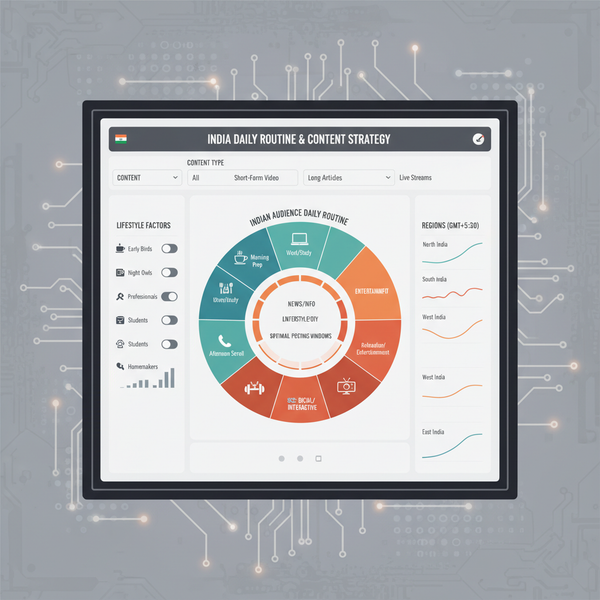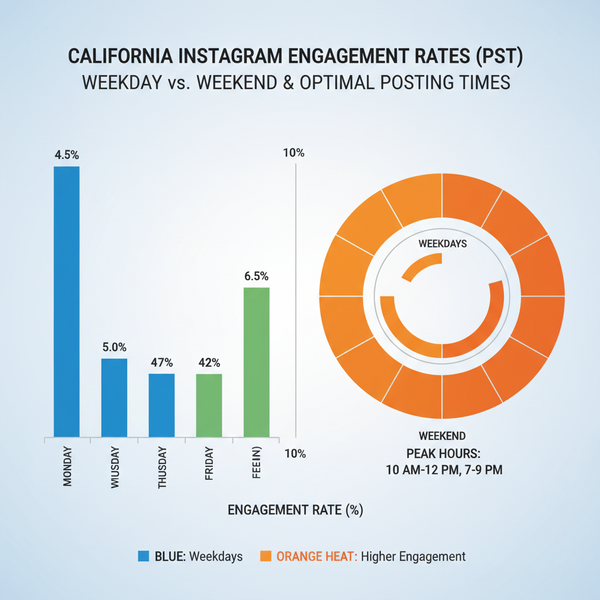Before Facebook There Was MySpace, Friendster and More
Explore the evolution of social media before Facebook, from Usenet and Classmates.com to MySpace and Friendster, shaping modern online communities.
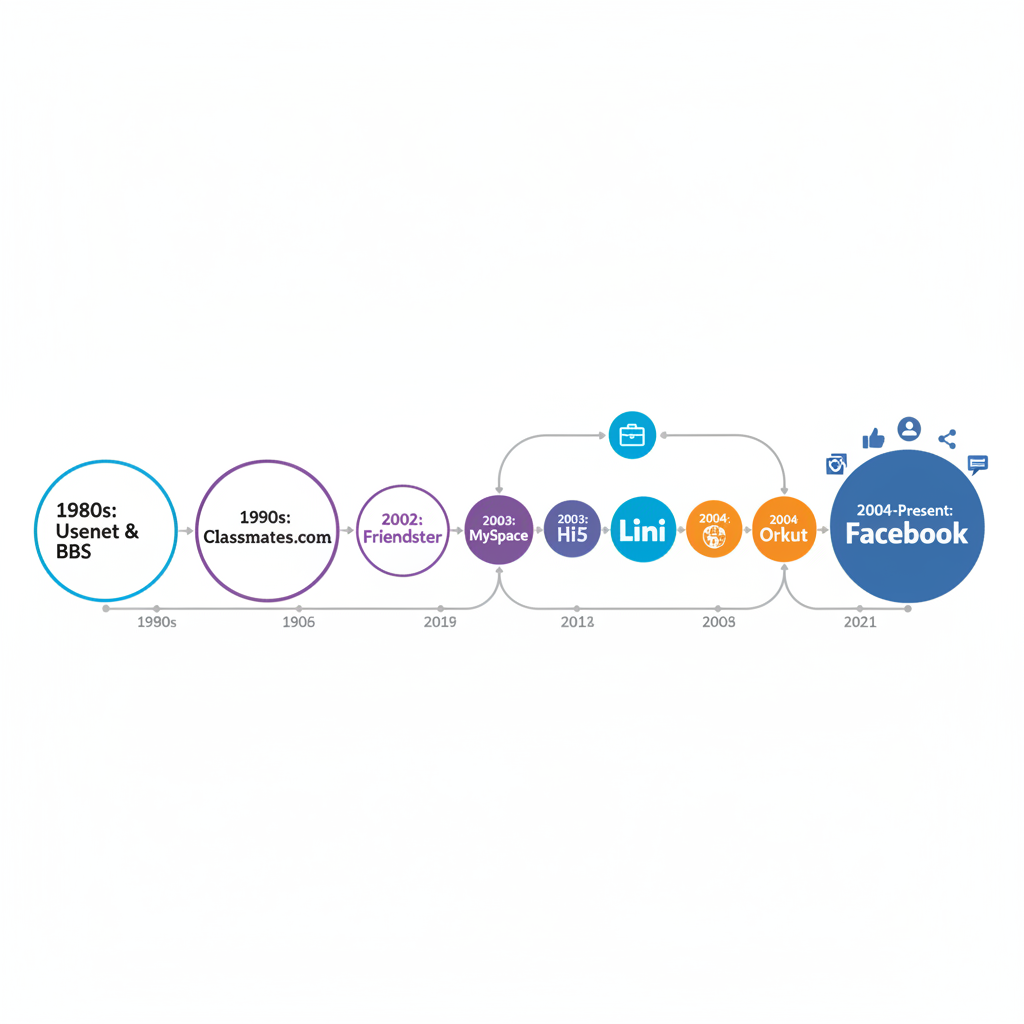
Before Facebook There Was MySpace, Friendster and More
Introduction: Tracing the Roots of Facebook in Social Media History
Facebook may dominate conversations about online networking today, but the story of social media began long before 2004. From text-based forums and bulletin boards to fully interactive profile-based platforms, the platforms before Facebook built the foundation for the digital connections we now take for granted. By looking at these early innovations, we can appreciate how ideas evolved, merged, and scaled to reach billions of users worldwide.

This article explores the history of social networking before Facebook—highlighting milestone sites like MySpace, Friendster, and Classmates.com—while uncovering the key features and lessons that shaped modern digital communities.
---
Early Internet Communities: Usenet and Bulletin Board Systems
Before the rise of glossy, photo-rich timelines, the internet’s first communities thrived in text-only spaces such as Usenet and Bulletin Board Systems (BBS).
- Usenet (1980): A pioneering distributed discussion system, organized into topic-specific newsgroups with strictly text-based interactions.
- BBS (late 1970s–1990s): Dial-up systems allowing users to log in, post messages, download files, and even play text-based games.
These primitive platforms introduced enduring social media concepts—user identities (profiles), threaded discussions, and community moderation—setting technical and cultural precedents for later networks.
---
Classmates.com: Reconnecting School Friends Online
Launched in 1995, Classmates.com targeted a specific, emotionally charged niche: reconnecting with former classmates.
Key features included:
- Alumni database searches
- Digital yearbook scans
- Event and reunion planning tools
By centering shared history, Classmates.com fostered trust and relevance—principles Facebook echoed in its original focus on school-based networks at Harvard and other universities.
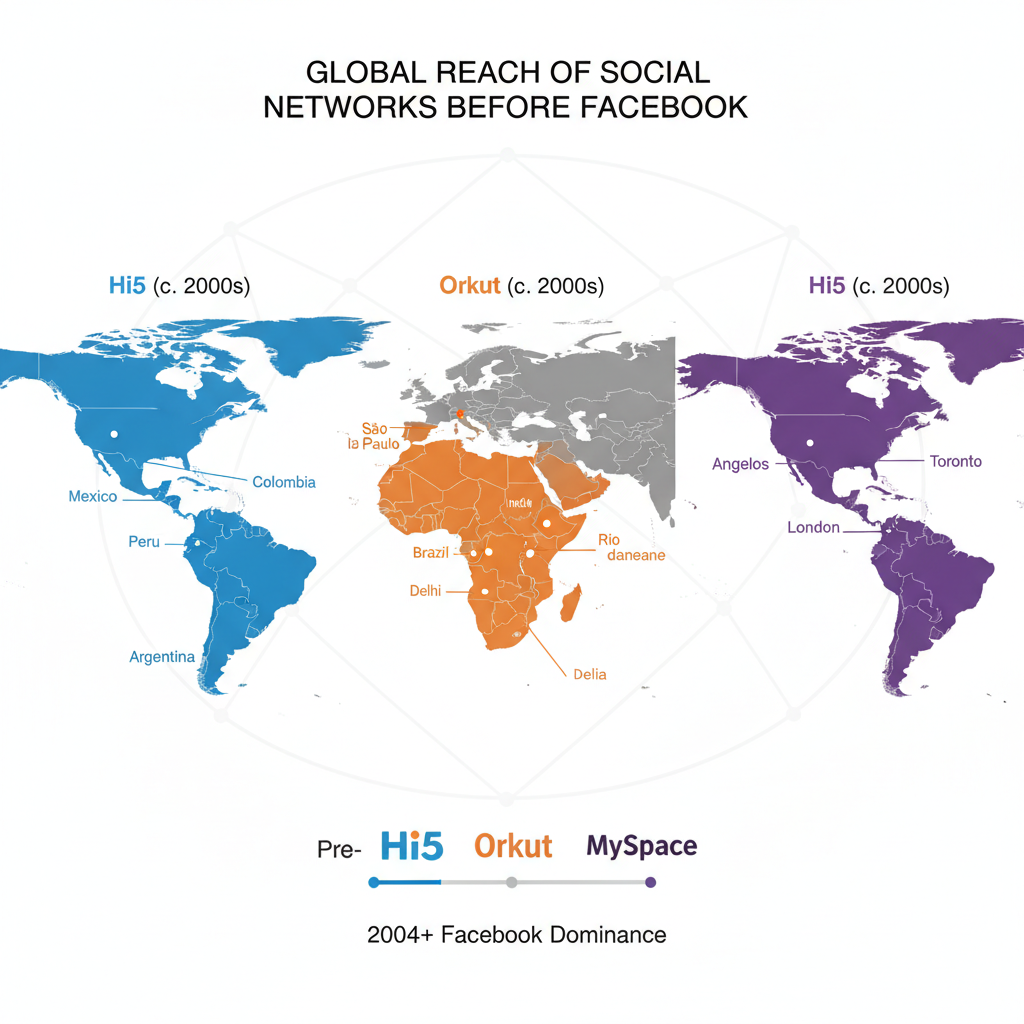
---
Friendster: Pioneering Social Connection Features
Debuting in 2002, Friendster rapidly became one of the fastest-expanding social networks. Its standout innovation was the "Circle of Friends" feature, which mapped users’ real-life relationships in a visual, easy-to-understand way.
Signature elements:
- Detailed user profiles
- Photo and interest sharing
- Messaging restricted to verified connections
Unfortunately, performance issues—slow load times and frequent outages—prompted users to migrate elsewhere. Despite this, Friendster demonstrated the strong appeal of authentic relationship mapping in digital spaces.
---
MySpace: Customization, Music Sharing, and Teen Culture Dominance
MySpace, launched in 2003, quickly became a cultural juggernaut, especially for musicians, artists, and teenagers.
Defining traits:
- Profile customization via HTML/CSS fragments, letting users express individual style
- Integrated music players, empowering bands to share tracks directly
- Top 8 friends list, sparking playful social competition
This heavy customization contrasted sharply with Facebook’s later uniform look, but its emphasis on media sharing and creativity captured a massive audience.
---
Hi5 and Orkut: Regional Social Media Giants
While MySpace dominated North America, other platforms rose to prominence in global markets:
| Platform | Launch Year | Key Regions | Notable Features |
|---|---|---|---|
| Hi5 | 2003 | Latin America, Asia | Games, profiles, photo sharing |
| Orkut | 2004 | Brazil, India | Communities, friend lists, testimonials |
Orkut’s public community forums fostered wide discussions, while Hi5 integrated social games early on—both demonstrating cultural adaptability in the social platform model.
---
LinkedIn: Professional Networking Before Facebook
Founded in 2003, LinkedIn took social technology into professional territory.
Features included:
- Digital resumes and career histories
- Peer endorsements and recommendations
- Job postings and recruiter tools
LinkedIn’s enduring relevance shows the power of niche networking—designing platform functionality around a specific user need. Facebook later added job tools, mirroring LinkedIn’s success.
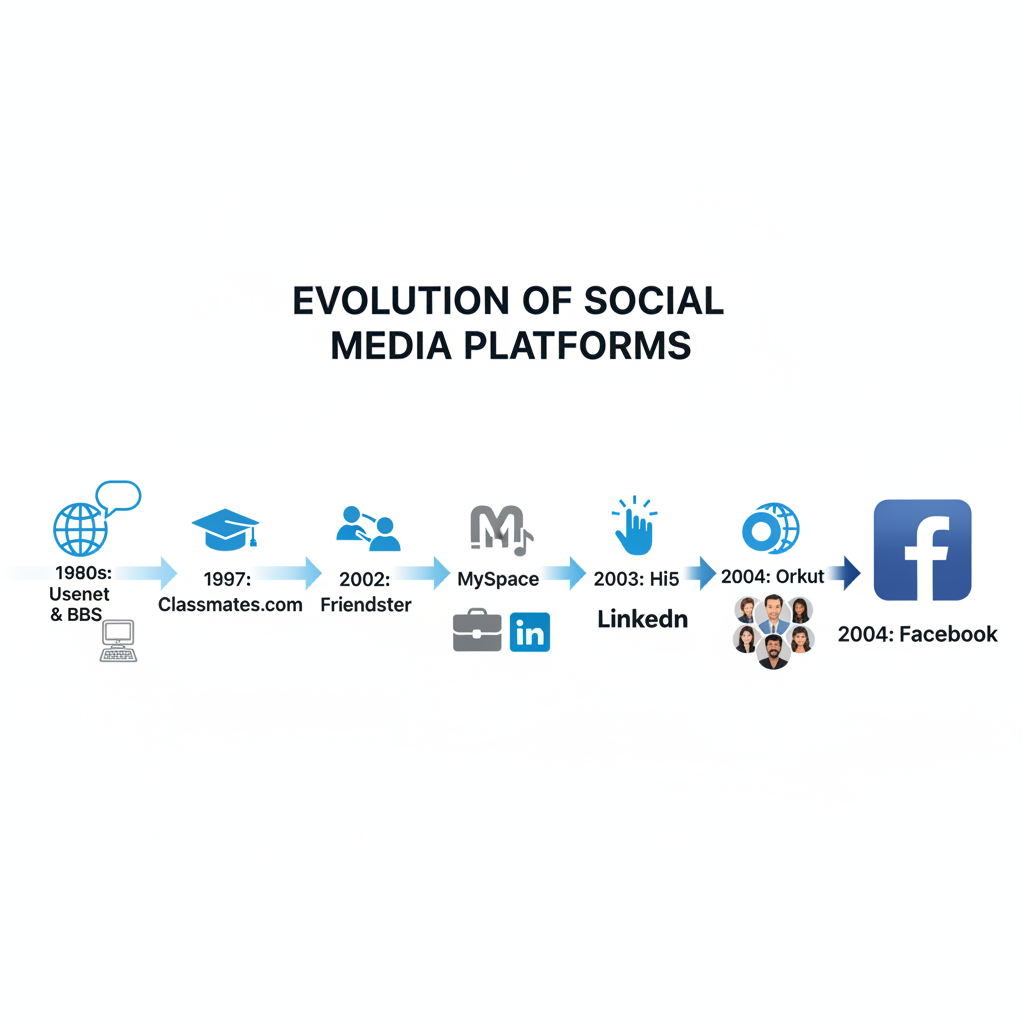
---
Innovations from Early Platforms That Shaped Facebook
The social networks that existed before Facebook contributed multiple foundational elements:
- Profiles & Identity: From BBS handles to MySpace’s detailed pages.
- Network Mapping: Friendster’s visual connections evolved into Facebook’s social graph.
- Media Integration: MySpace’s music and photo sharing foreshadowed multimedia timelines.
- Targeted Communities: Classmates.com and LinkedIn showed value in focused audiences.
- Groups & Forums: Orkut’s community structure influenced Facebook Groups.
By refining these concepts with improved scalability and ease-of-use, Facebook achieved mainstream adoption across demographics.
---
From Fragmented Niches to a Unified Social Hub
The early 2000s social web was a patchwork of specialized communities. The turning point came as Facebook:
- Expanded from campus-exclusive access to global signups
- Offered simplified, universal design adaptable to all users
- Seamlessly integrated with emerging smartphones and apps
This consolidation shifted online interactions from scattered networks to a centralized feed—reshaping how billions experience social media.
---
Conclusion: Before Facebook There Was a World of Innovation
From Usenet’s text discussions to MySpace’s customizable profiles, the platforms before Facebook explored, tested, and sometimes stumbled over ideas that now define social networking. Each pioneer brought unique features, design philosophies, and community cultures that Facebook learned from and built upon.
By understanding this lineage, we see that social media is an ever-evolving experiment—one where today’s leader could be tomorrow’s history. As technology and user needs change, new innovators may once again disrupt the landscape.
Explore the roots, appreciate the lessons, and watch for the next wave of social evolution.

